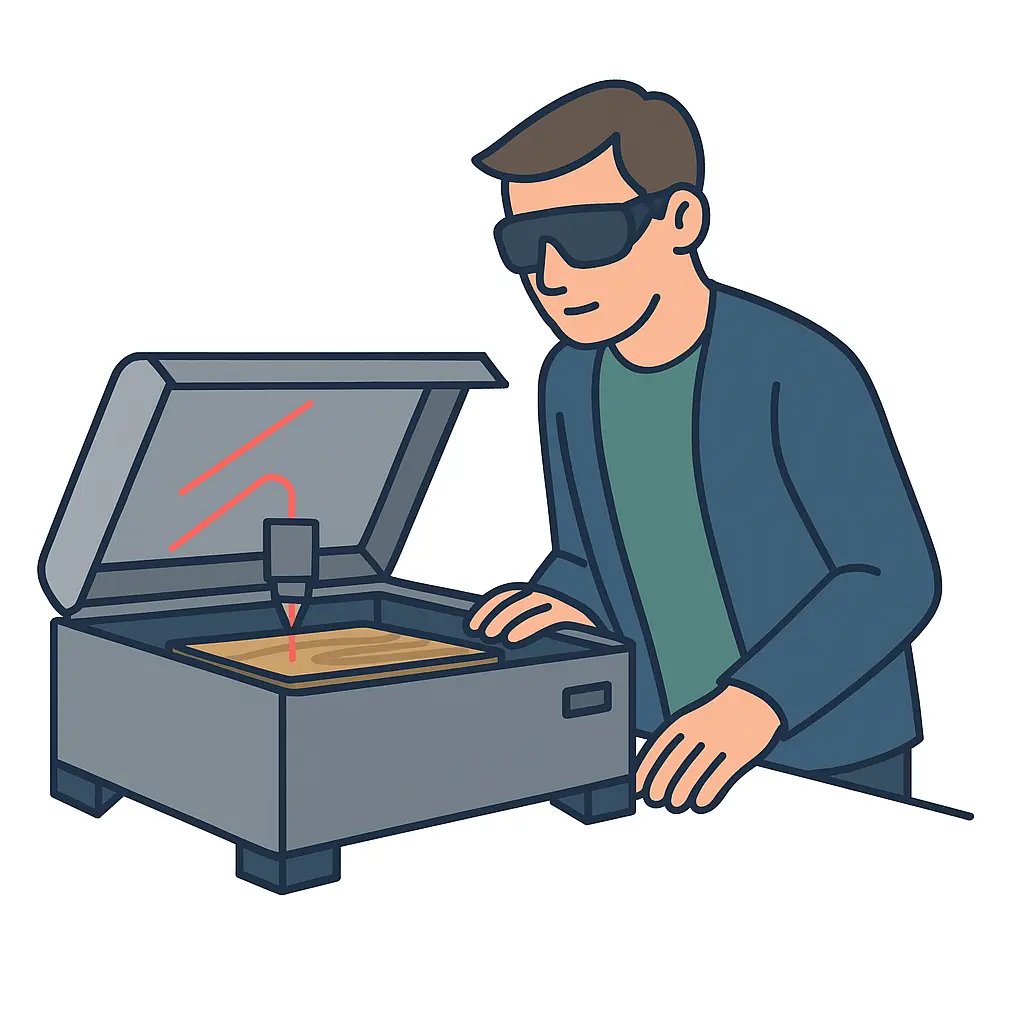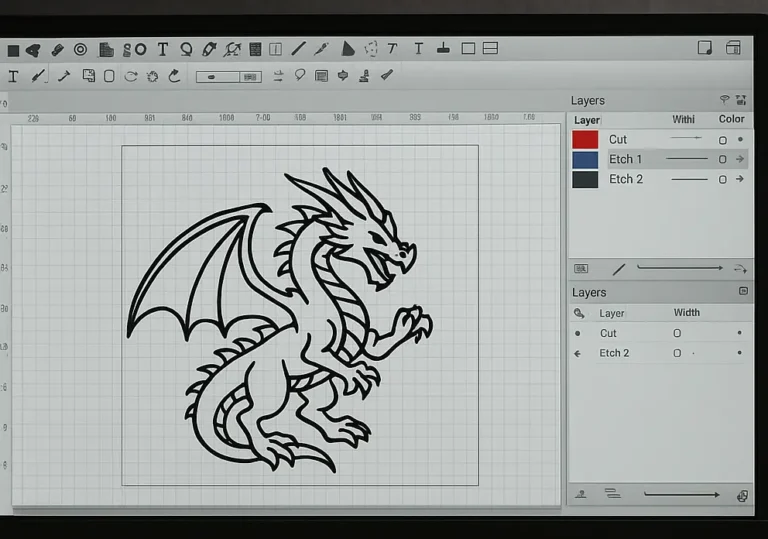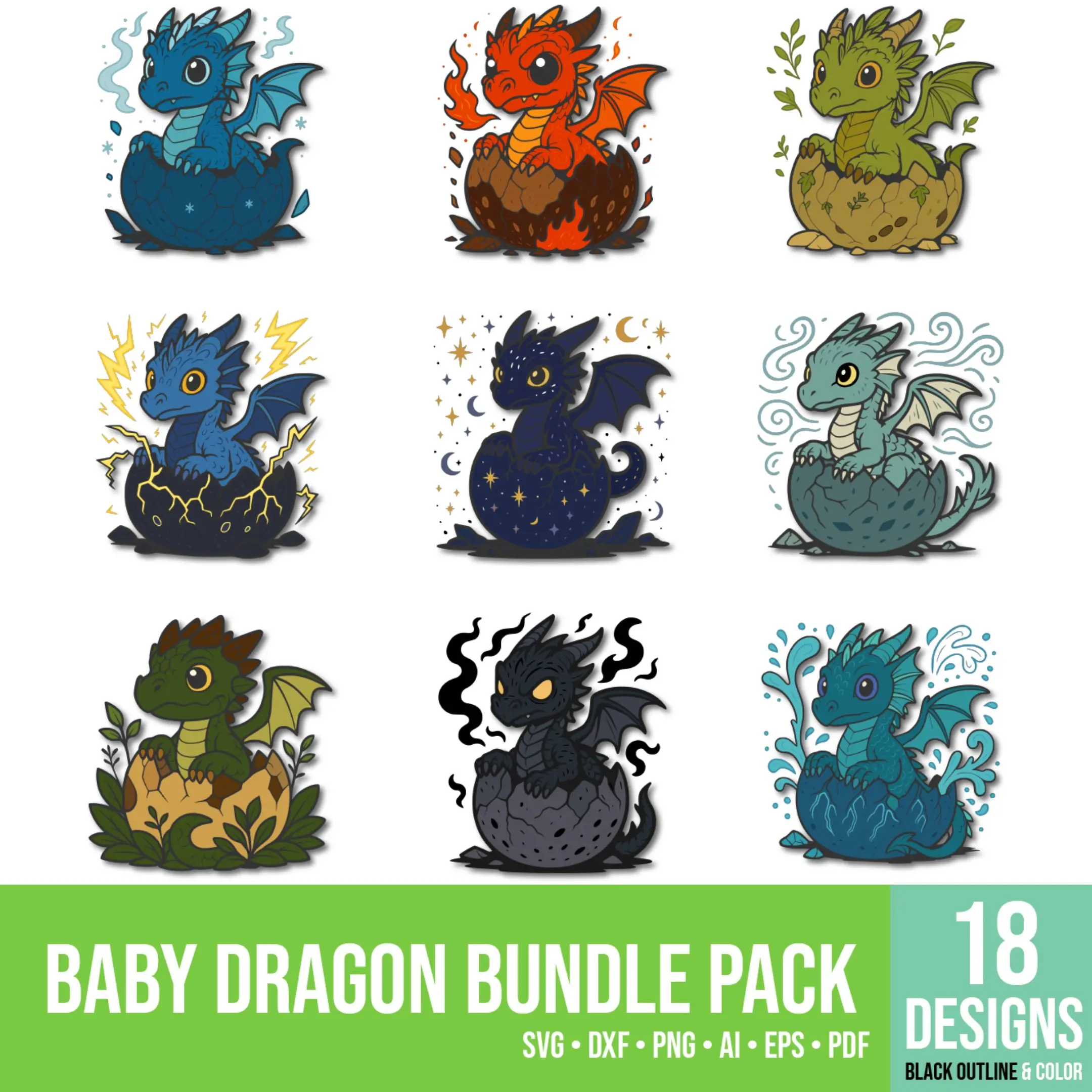Laser Cutter – What It Is, How It Works, and Why You Need One in Your Workshop
Laser Cutter – What It Is, How It Works, and Why You Need One in Your Workshop
Laser cutters have become incredibly popular in recent years among both hobbyists and professional creators. They allow you to cut and engrave materials with extreme precision, making it possible to create stunning, detailed designs that would be nearly impossible to achieve by hand.
If you’re wondering whether a laser cutter is worth the investment, this article will cover everything you need to know before getting started.
What Is a Laser Cutter?
A laser cutter is a device that uses a focused laser beam to cut, engrave, or mark a variety of materials.
It works similarly to a printer, but instead of ink, it uses concentrated light energy to melt, burn, or vaporize material at the point of contact.
This technology allows for incredibly precise shapes and intricate patterns, ideal for both functional and decorative projects.
How a Laser Cutter Works – Step by Step
- Create a Design
It all starts with a vector file, such as SVG, DXF, or AI.
Popular design software includes LightBurn, CorelDRAW, or Adobe Illustrator. - Set Up the Machine
Configure settings such as:-
Laser power – determines cut depth or engraving strength,
-
Speed – affects how quickly the head moves,
-
Number of passes – especially useful for cutting thick materials.
-
-
Cutting or Engraving Process
The laser head follows your design precisely:-
Cutting – the beam goes all the way through the material,
-
Engraving – the laser only removes the surface layer to create a visible pattern.
-
Materials You Can Cut or Engrave
Laser cutters are extremely versatile and can work with a wide variety of materials, including:
Wood and plywood – perfect for decorations, models, jewelry, or storage boxes.
Acrylic (plexiglass) – great for illuminated signs, displays, and stands.
Leather and faux leather – ideal for wallets, belts, and custom accessories.
Fabrics and felt – perfect for ornaments and patches.
Metal – requires a powerful laser or special marking agents.
⚠️ Important Safety Note:
Never cut materials containing PVC, as they release toxic fumes when burned.
Common Uses for Laser Cutters
Laser cutters are incredibly popular across many industries and hobbies, including:
Handmade crafts – personalized decorations, invitations, jewelry, and gifts.
Advertising and signage – engraved logos, signboards, and promotional products.
Prototyping – quickly create functional prototypes and parts.
Board games and hobbies – dice boxes, miniatures, and custom gaming accessories.
Personalization – engraving names, dedications, or logos on everyday items.
Why Invest in a Laser Cutter?
Versatility – one machine, countless possibilities.
Precision – create details and intricate patterns with unmatched accuracy.
Business potential – perfect for launching a handmade or personalization business.
Time-saving – tasks that take hours by hand are done in minutes.
Impressive results – laser-cut products always have a professional, premium look.
How to Choose the Right Laser Cutter
When buying a laser cutter, consider the following:
Laser power – determines how thick of a material you can cut.
Work area size – match it to the projects you plan to create.
- Type of laser:
CO₂ laser – best for wood, acrylic, leather, fabric.
Diode laser – ideal for engraving and thin material cutting.
Fiber laser – specialized for metal engraving and industrial use.
Ventilation and safety – always use proper filtration and fume extraction systems.
Software compatibility – make sure your device works with intuitive and reliable design software.
Conclusion
A laser cutter is an incredibly powerful tool for creators, makers, and business owners alike. Whether you want to craft stunning decorations, build prototypes, or personalize products, it offers endless creative possibilities.
If you’re passionate about DIY projects, handmade crafts, or building a small business, investing in a laser cutter can open up an entirely new world of opportunities.
With the right machine, you can turn your creative ideas into beautiful, professional-quality products — and maybe even turn your hobby into a thriving business.
 Limited offer! First 20 orders get -50% on all items with code WELCOME50 – don’t miss out!
Limited offer! First 20 orders get -50% on all items with code WELCOME50 – don’t miss out!


